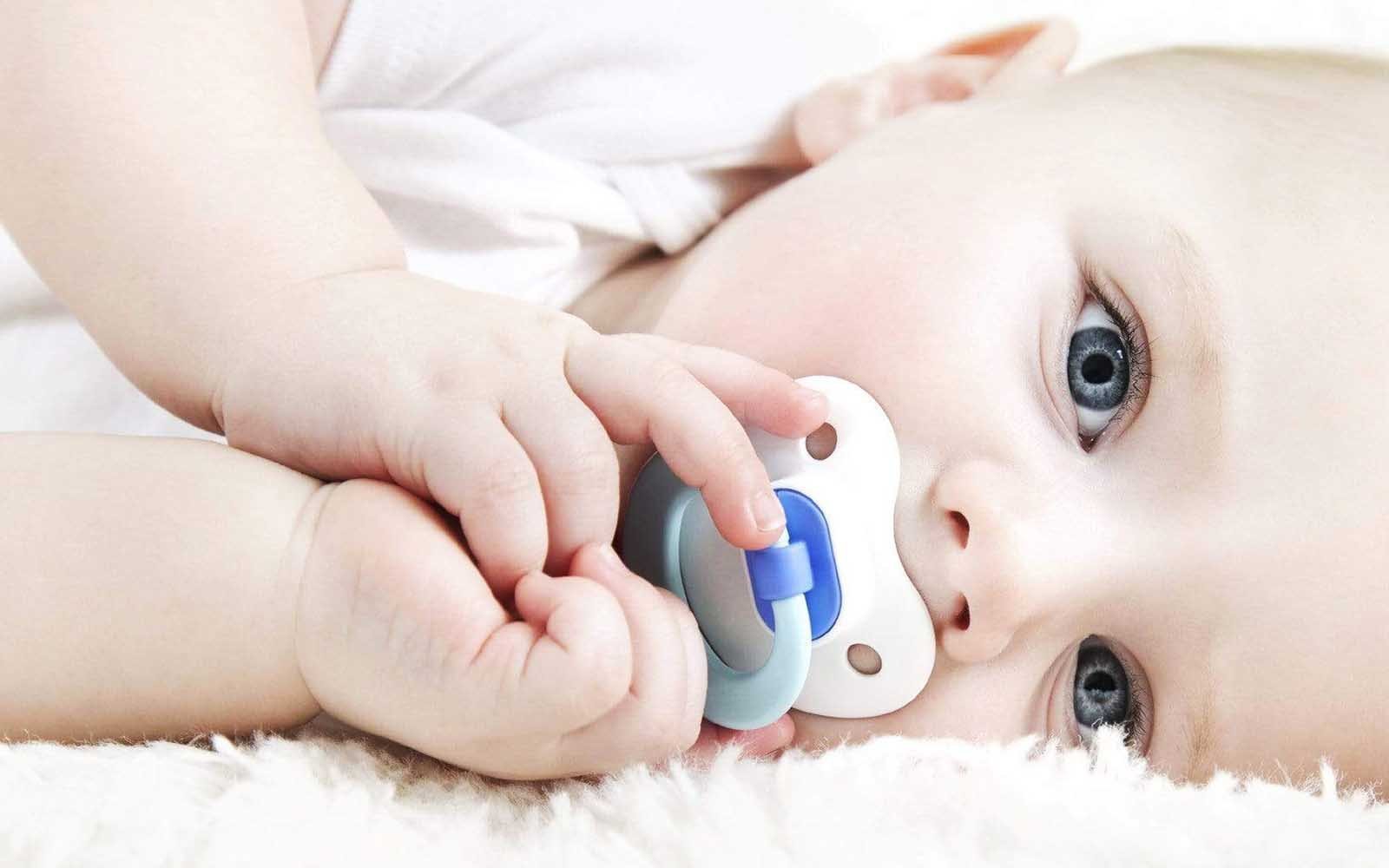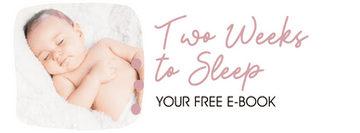
PACIFIERS! When/why they work and how to get rid of them...
Pacifiers (also called 'dummies'), like everything else baby-related it seems, are a great cause for controversy. The decision to use a pacifier is entirely up to you as parents and each baby is different in terms of their settling skills and their preference to use a pacifier or not.
Is There a "Best" Age to Introduce a Pacifier?
There is no universally recommended age to introduce a pacifier. Some babies use one from newborn, while others prefer it much later. Some babies rely on pacifiers exclusively for sleep, while others use them throughout the day for comfort.
Pacifiers can be a helpful addition to your baby sleep routine, but they can also cause issues with your little one's sleep as they grow older. In this article, we’ll cover the benefits of pacifiers, when they may become a nuisance, and how to wean your baby from using one.
In this article:
- When pacifiers work best
- When pacifiers become a nuisance
- Should I get rid of the pacifier?
- How do you get rid of the pacifier?
Stuck with a sleep association? Head towards better sleep!
Found yourself struggling with a sleep association and don't know how to move your baby away from it? Whatever your sleep challenge is, we have a range of gentle settling methods to choose from, along with sleep experts who are available to guide you at every step.
Choose your Sleep Solution
When Pacifiers Are Most Effective
The fact is, pacifiers are great settling tools for younger babies because sucking is extremely comforting. Babies younger than 3 months will resettle and move between sleep cycles a lot easier than older babies and won’t necessarily need the pacifier replaced every time they come out of a sleep cycle. This means a pacifier can be a great way to settle your baby to sleep at the start of each nap or overnight, without having a negative impact on their ability to stay asleep.
For an overtired or overstimulated baby, a pacifier can really help calm them and assist them to sleep - this is especially effective if combined with other settling tools such as a swaddle, white noise and a dark room.
Closer to 7 or 8 months your baby will be able to learn to put the pacifier back in themselves, a skill crucial to them being able to sleep through the night with a pacifier. We REALLY recommend a product called a Snuggin, which is a little comforter that has velcro paws you can attach pacifiers too, making it a lot easier for your baby to find and replace their own pacifier in the night.
When Pacifiers Become a Disruption
As babies approach 4 months, if they’ve been using a pacifier to fall asleep, they may start needing it to return to sleep after every sleep cycle (which typically happens every 45 minutes during the day and every 2 hours at night). This can mean frequent trips to replace the pacifier, which can be exhausting for parents. (See this article for more information about how your baby's sleep changes at 4 months).
Until your baby can replace their own pacifier around 7 to 8 months, you’ll need to step in every time they wake. If this becomes problematic, 3 to 4 months is a good time to consider weaning your baby off the pacifier, unless you're comfortable waiting until they can manage it themselves.
Another challenge with using pacifiers at night is that it can mask genuine hunger. The sucking motion may trick your baby into thinking they’ve been fed, potentially leading to more night wakings because they are actually hungry, not just needing the pacifier.
Additionally, pacifiers can sometimes cause babies to fall asleep earlier than they are ready for a nap. The sucking can create a strong sleep association, which may cause your baby to settle for a nap before they are truly tired, leading to shorter, less restorative sleep.
Should I Wean Off the Pacifier?
This is a question that doesn't have a very clear cut answer - everyone's situation will be different. Generally speaking, the younger your baby is, the easier it will be to get rid of the pacifier. If your little one is older, the better option is usually to keep the dummy and work on helping them to find and replace it themselves.
How Do You Wean Off the Pacifier?
Check out our tried and tested methods for removing the pacifier in THIS article. We talk you through, step by step, how to remove the pacifier for your baby, or toddler.
Feeling confused about your baby's sleep needs?
Let our sleep experts help you every step of the way. Together we can solve your little one's sleep challenges
Choose your Sleep Solution
Need Additional Support?
If you need help with removing the pacifier or weaning your baby off other unwanted sleep associations (like rocking or feeding to sleep), you'll find more detailed advice in our Little Ones App and our certified sleep consultants can support you every step of the way.
This program is a steal!
I was so tired of trying to get my little guy to nap for an hour at a time, and we were in a desperate cycle of catnaps. I impulsively bought the Little Ones program and am so impressed! The app is all encompassing - you can track sleep and feeds. I was worried that because I was starting this program at 6 months, he wasn’t going to adjust well. Within days, I was able to get him on the schedule, improve our naps, and our nighttime sleep. I had so many issues with other programs, because they did not give as much guidance when things went wrong. The troubleshooting section allows us to have flexibility, while still keeping up good sleep habits. Not to mention, this is so cheap compared to other sleep programs! We can’t say enough great things about this program. - Shelby

Receive product and services updates, promotional offers and other marketing communications based.





